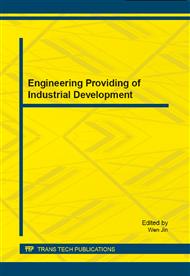p.37
p.42
p.48
p.54
p.60
p.66
p.72
p.77
p.83
Hysteresis Compensation Control for a Current-Driven Reluctance Actuator Using the Adaptive MNN
Abstract:
The next-generation semiconductor lithography equipment needs a suitable actuator to meet the requirement of high-speed, high-acceleration and high-precision. Reluctance actuator, which has a unique property of small volume, low current and can produce great force, is a very suitable choice. One of the major application challenges of reluctance actuator is the hysteresis of the force, which has a nonlinear relationship with respect to the current and is directly related to the final accuracy in the nanometer range. Therefore, it is necessary to study the control method for the hysteresis in reluctance force. This paper proposes a hysteresis control configuration for the current-driven variable reluctance actuator with hysteresis using the adaptive multilayer neural network (MNN), which is used as a learning machine of hysteresis. The simulation results show that the proposed method is effective in overcoming the hysteresis.
Info:
Periodical:
Pages:
60-65
Citation:
Online since:
September 2014
Authors:
Keywords:
Price:
Сopyright:
© 2014 Trans Tech Publications Ltd. All Rights Reserved
Share:
Citation:


